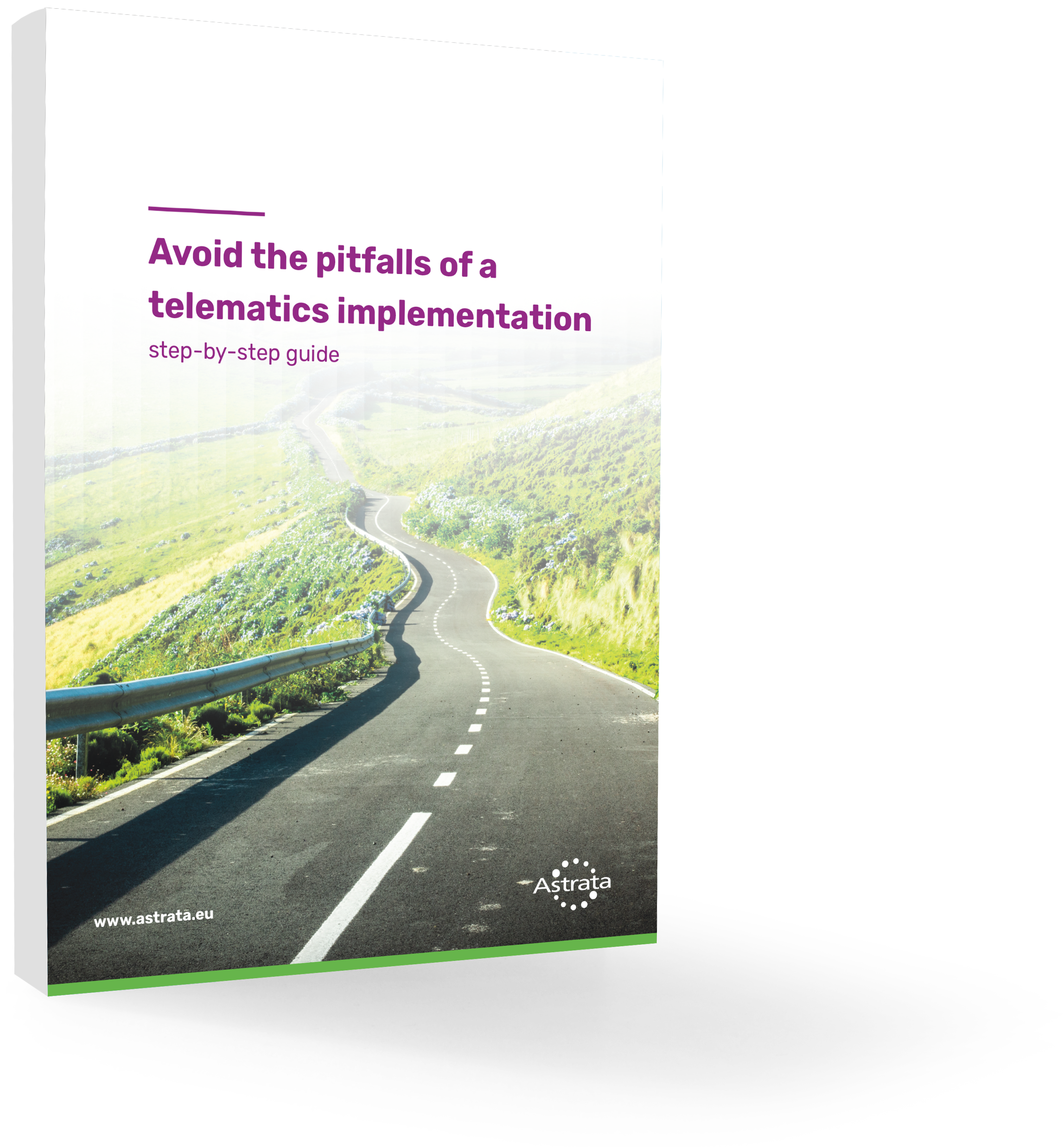How to improve your logistics process?
As a transport company, your logistics process is the heart of your business. It offers the biggest opportunity to improve your business. By changing small aspects, you are able to drastically improve your margins. For example, you can save money by avoiding traffic jams or shortening the unload time at the warehouse. In the future these marginal gains will become increasingly important.

What is a logistics process?
When we talk about the logistics process, we often use the word ‘workflow’. This workflow visualises how the transport process is organised from a to b and the steps they need to take to get there.
It is often not as simple as getting from a to b. In most cases, there are other variables that you need to take into account. For example when you are transporting temperature sensitive goods, your assets need to meet certain criteria in order to be allowed to transport these kind of goods. A lot of companies forget that and get into trouble.
To organise and optimise the workflow, you need to break the process down into the individual steps. The process starts the moment the driver gets a new order and ends when he delivers that order. During that whole trip, every activity is being monitored and measured. When he delivers the goods, the logistics process for the next order starts.
To be able to fully monitor and optimise this process, you need to integrate an advanced fleet management telematics system with your own back-office systems. There are 8 steps to take if you want to integrate an advanced telematics system.
Which are the 7 steps to improve your logistics process?
The integration of an advanced telematics system will give you insight into your logistics process and optimise your fleet in terms of profitability and efficiency. The steps you need to take are:
- Step 1: Analyse your current steps in the logistics process
- Step 2: Break it down the individual steps
- Step 3: Analyse information that comes from your back office software
- Step 4: Set up the integration between the advanced telematics system and the back office software
- Step 5: Link every process to the telematics system and the back office software
- Step 6: Gather a team to check the integration: preferable a mix of customer professionals, telematics provider professionals and software provider professionals
- Step 7: Never ending project: keep optimising the integration
SIGN UP FOR UPDATES
© 2020 Astrata Europe BV. All rights reserved.




